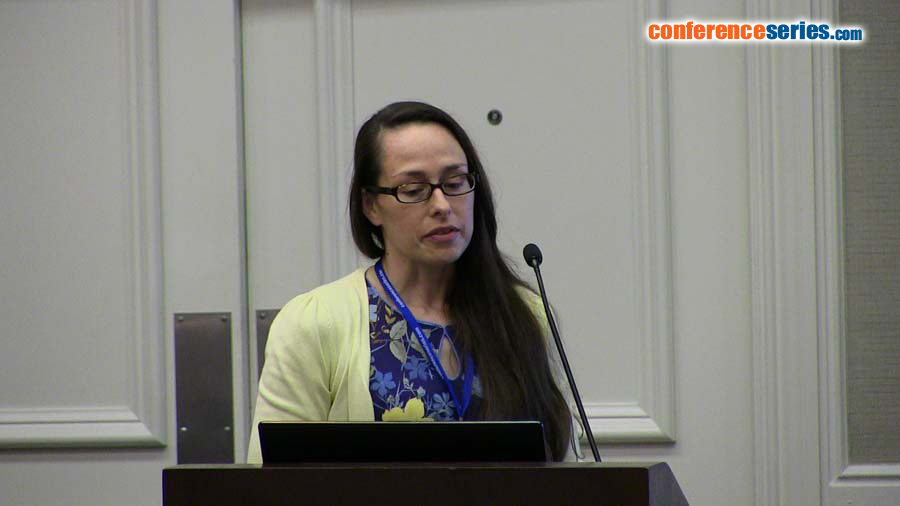
Rachel Groppo, Charles Lai, Svetlana Stegalkina, Michael Kishko, Stephen F Anderson, Scott Gallichan, Harry Kleanthous, Simon Delagrave, Mark Parrington and Linong Zhang
Sanofi Pasteur, USA
Title: Characterization of RSV F prefusion and postfusion specific neutralizing antibody response in animal models
Biography
Abstract
Viral entry of respiratory syncytial virus (RSV) is mediated by the fusion glycoprotein protein (F), which exists in two forms; metastable prefusion and stable postfusion. These two forms of F share a common structural region containing several antigenic sites. The prefusion form also contains unique antigenic sites to which potent neutralizing antibodies bind, such as site Ø. Humans repeatedly infected with RSV possess high serum neutralizing antibody titers that are predominantly prefusion specific. To better understand animal models for RSV vaccine evaluation, we assessed whether mice, cotton rats and primates could mount primarily a prefusion specific neutralizing antibody response after infection. To show prefusion specific antibody could be induced in an animal model system, mice were intramuscularly vaccinated with 10 µg recombinant stabilized prefusion or postfusion F protein. Mice immunized with stabilized prefusion protein showed a high neutralizing response with the majority of this activity generated against prefusion specific antigenic sites. Immunization with postfusion F induced a lower neutralizing titer with the majority of neutralizing antibody against antigenic sites common to both prefusion and postfusion F. Mice intranasally immunized twice with RSV mounted a predominant prefusion specific serum neutralizing antibody response. A similar pattern was also seen in cotton rats. Furthermore, African green monkeys intranasally immunized multiple times with RSV showed a robust serum neutralizing response with the majority of this activity specific to prefusion antigenic sites. Thus, animal models of RSV infection mimic the human response in that multiple exposures can induce anF prefusion dominant serum neutralizing response.




